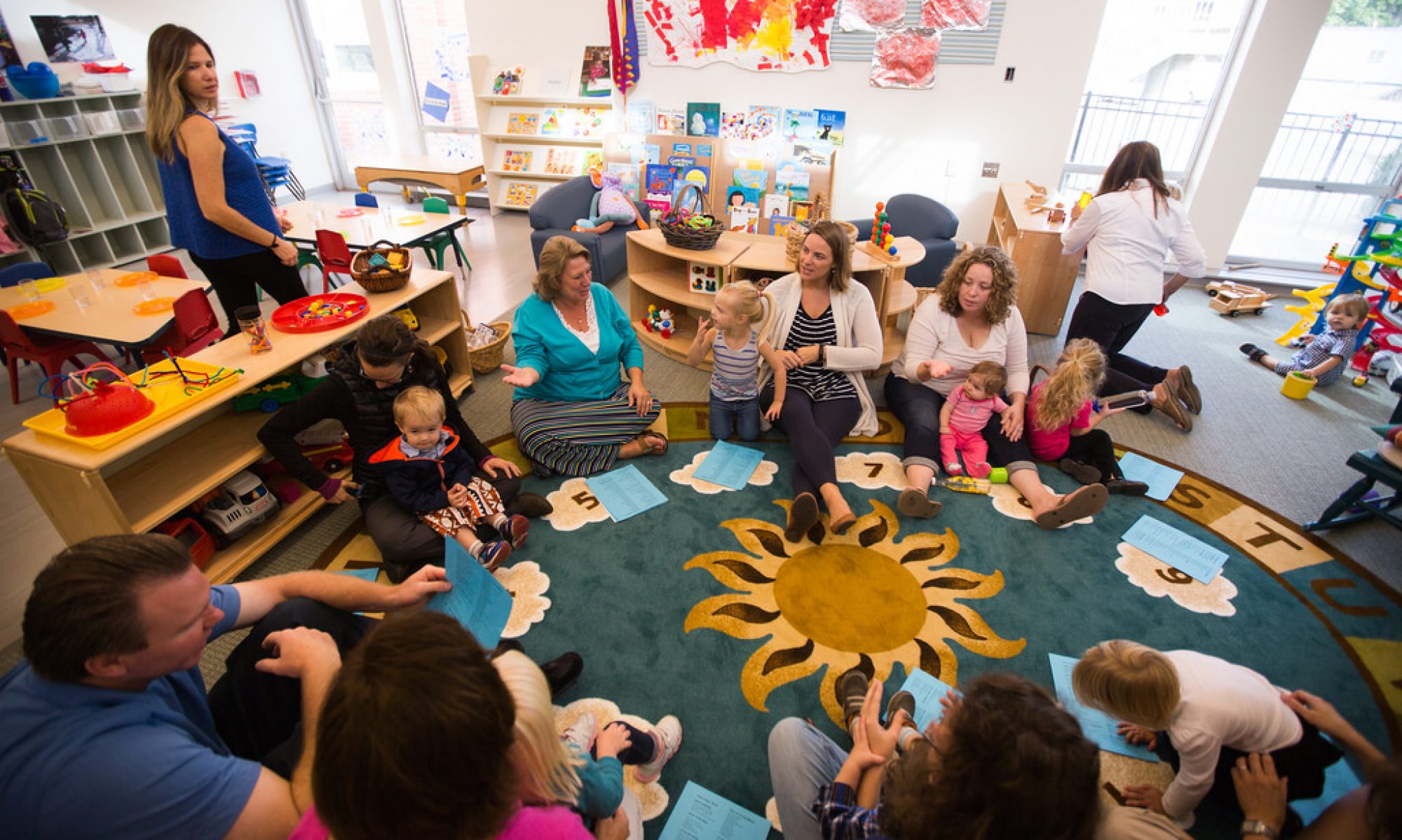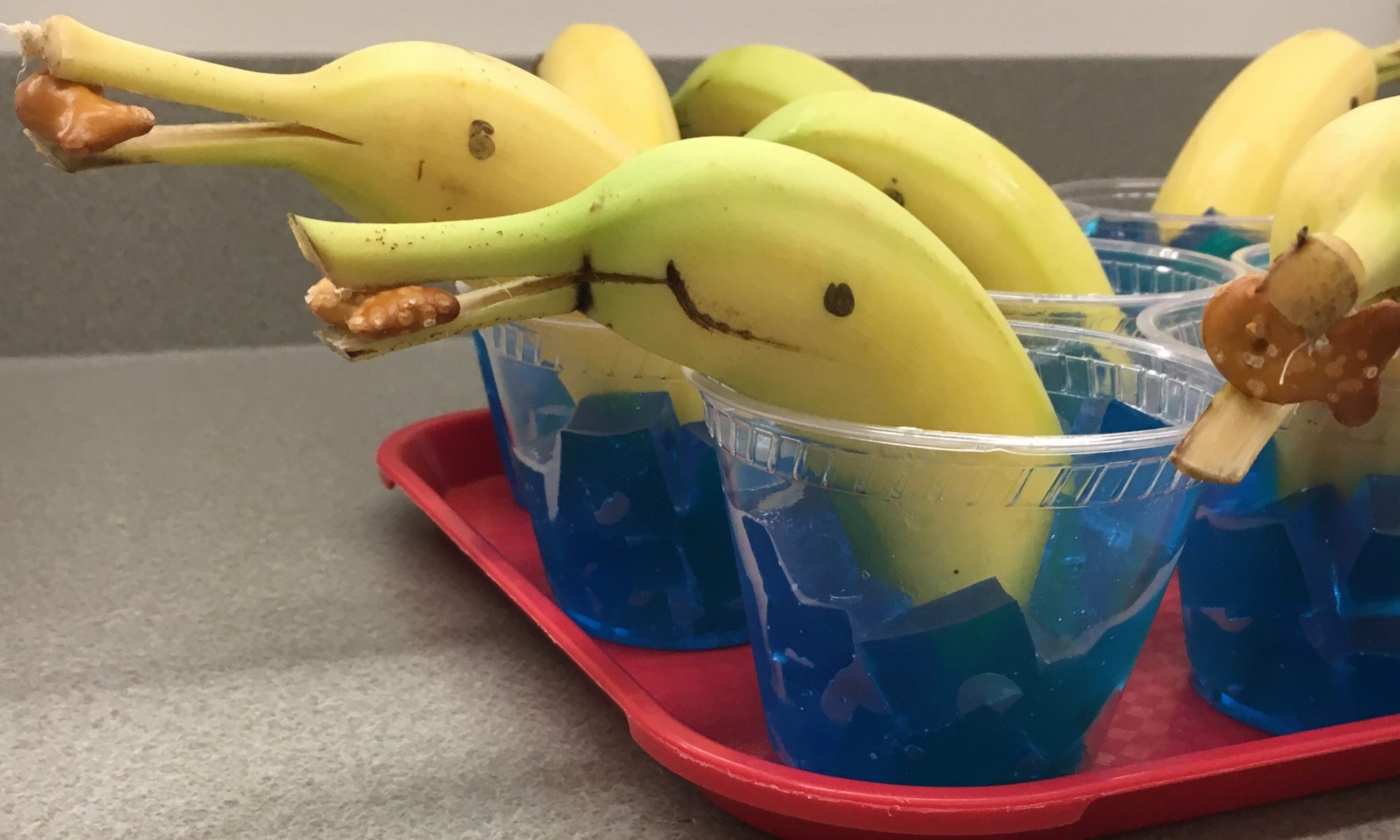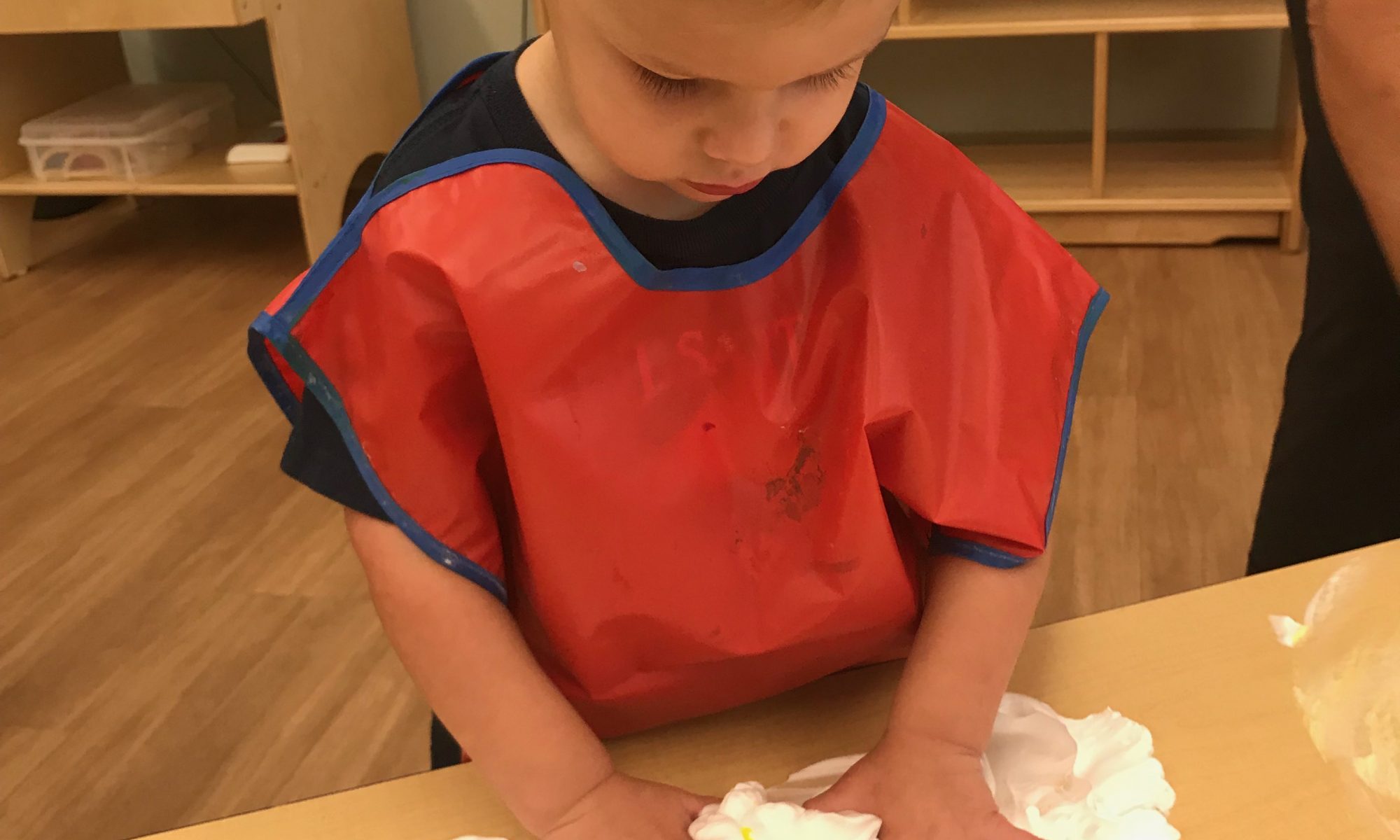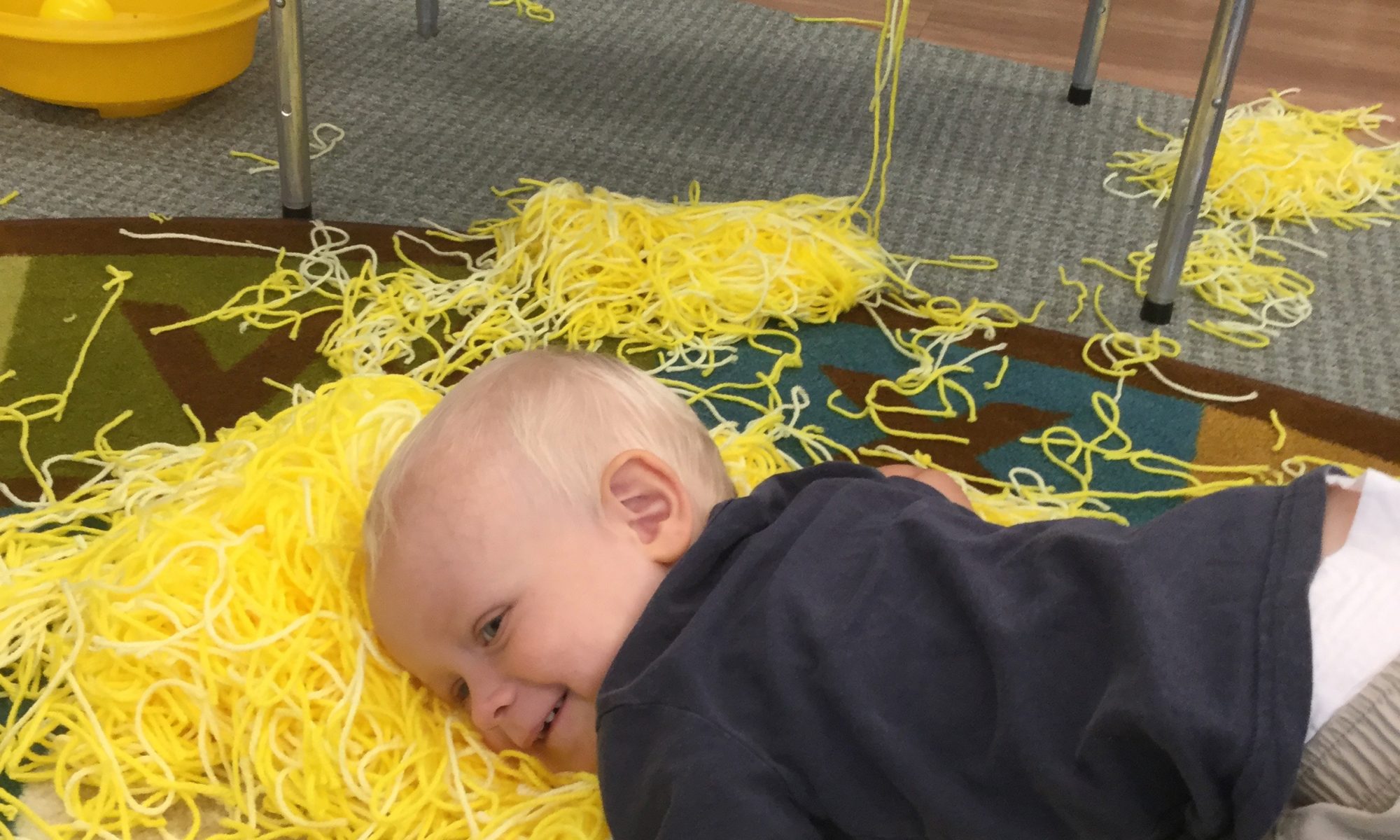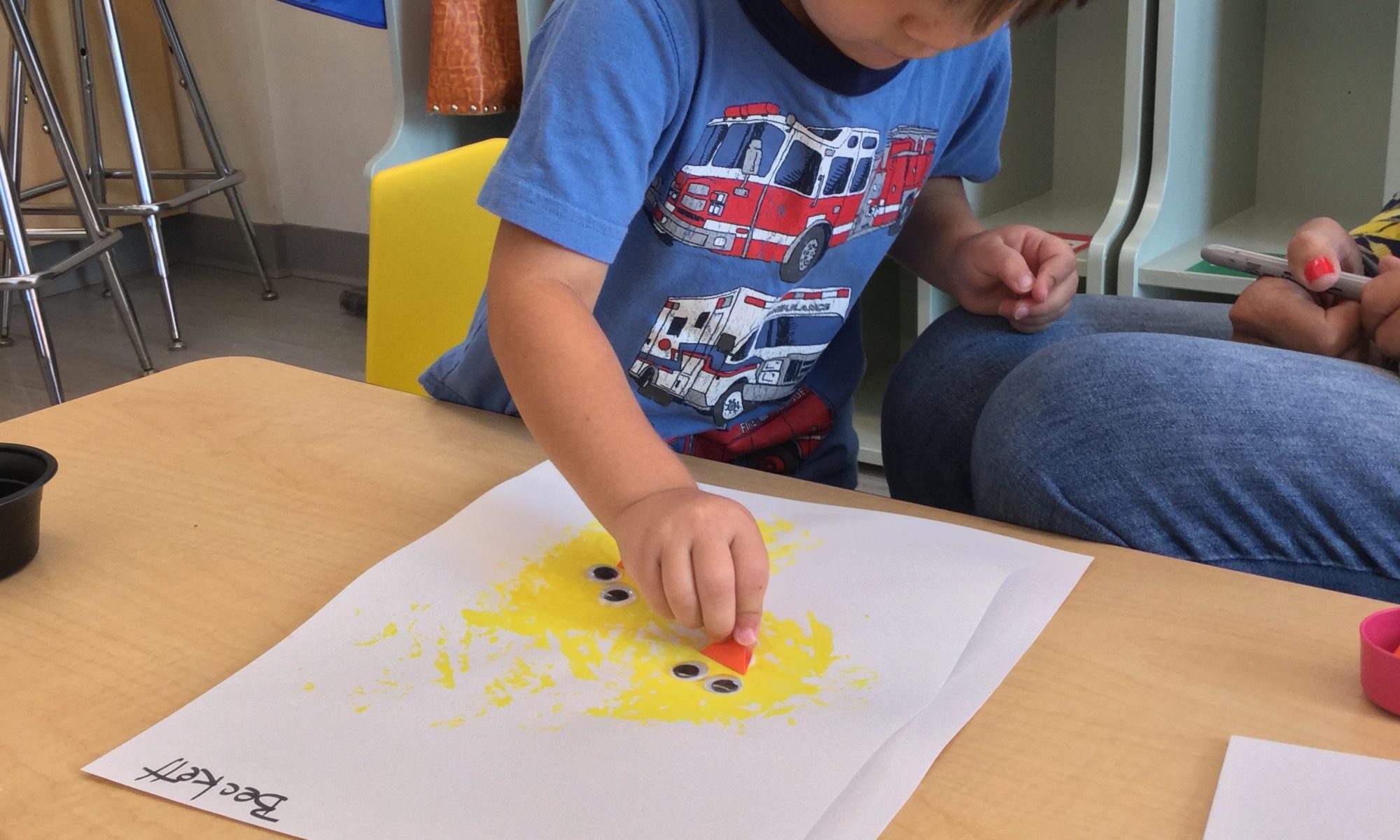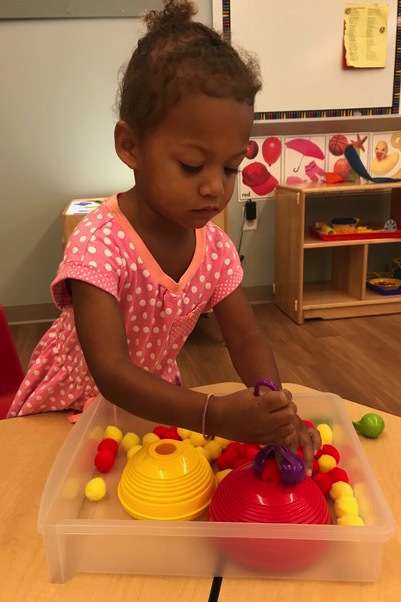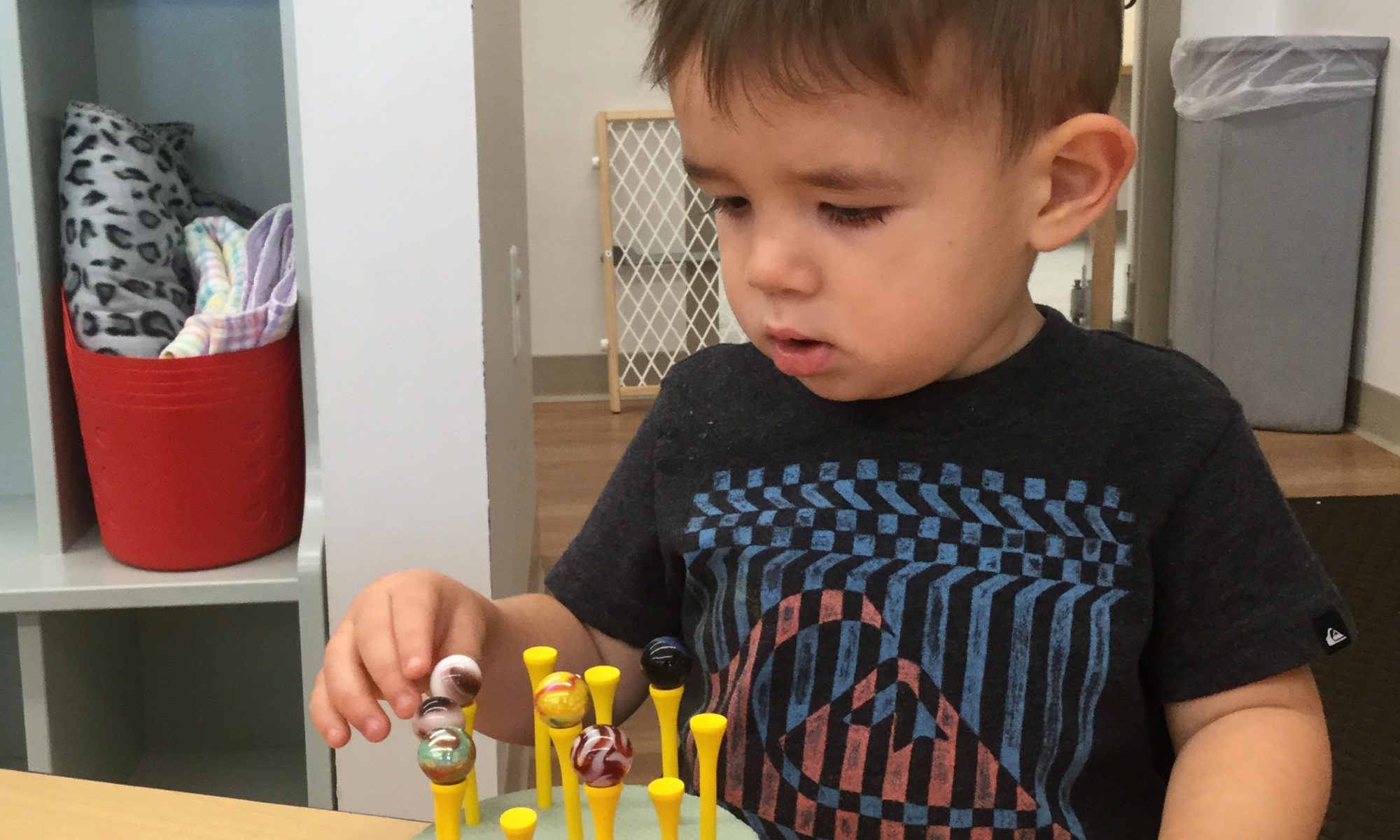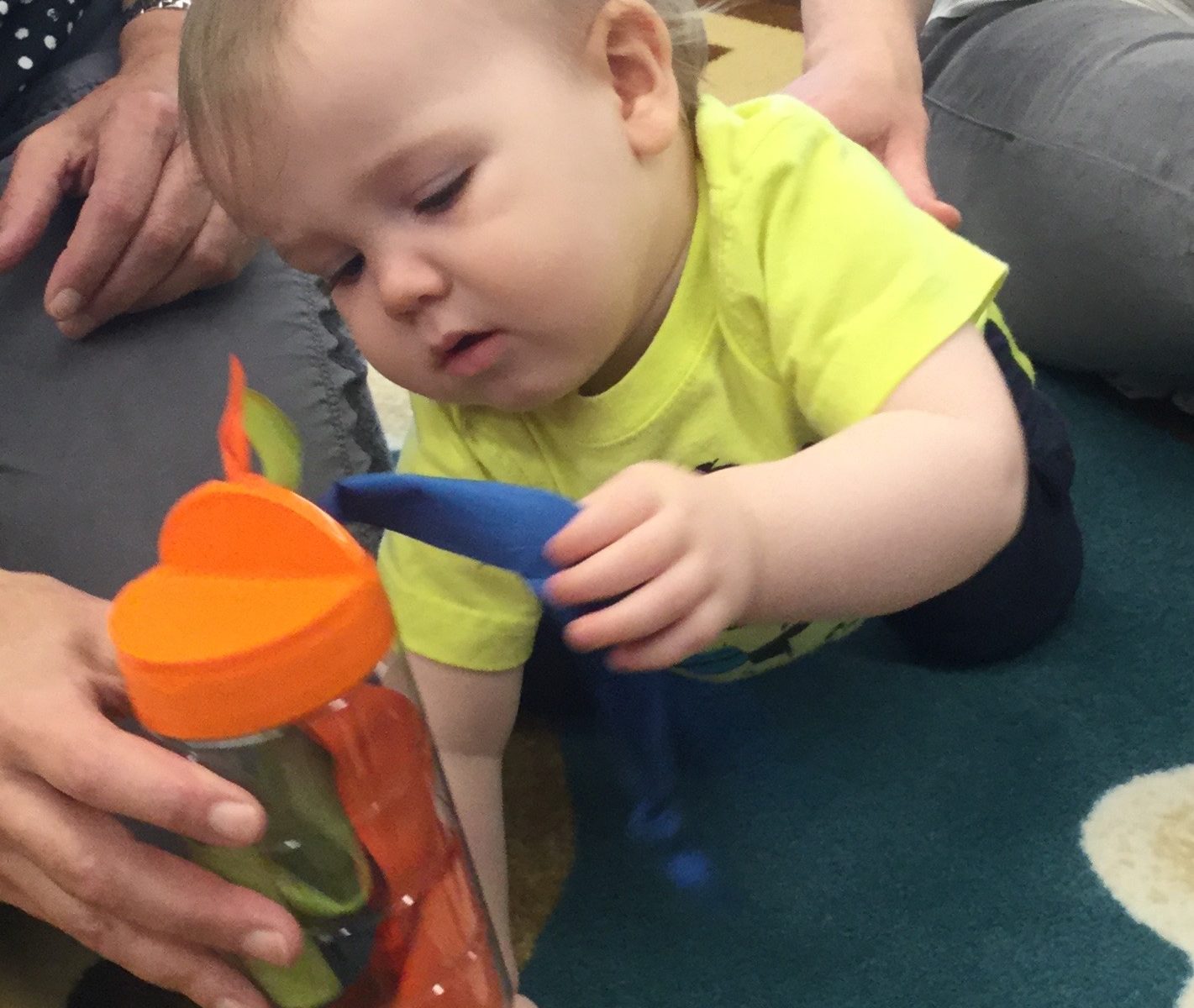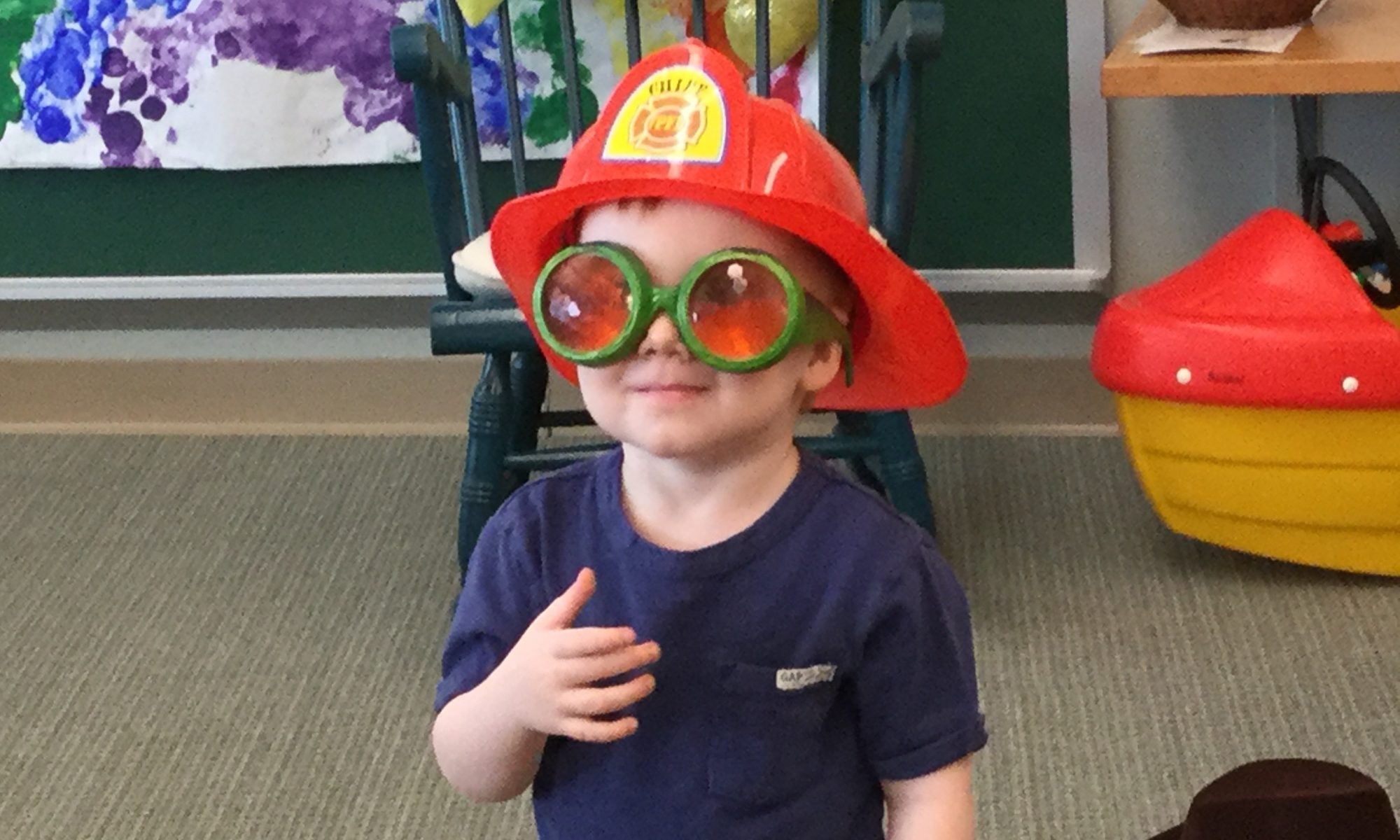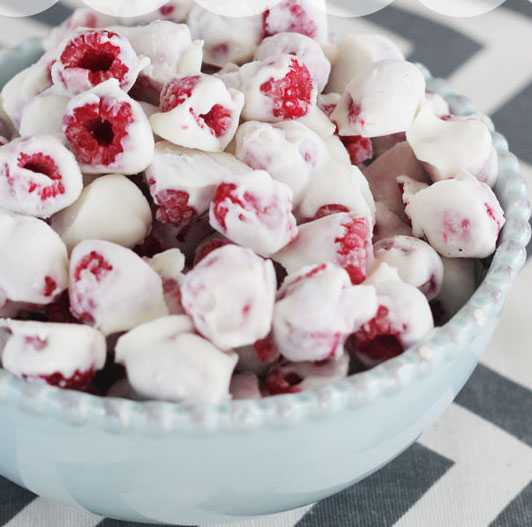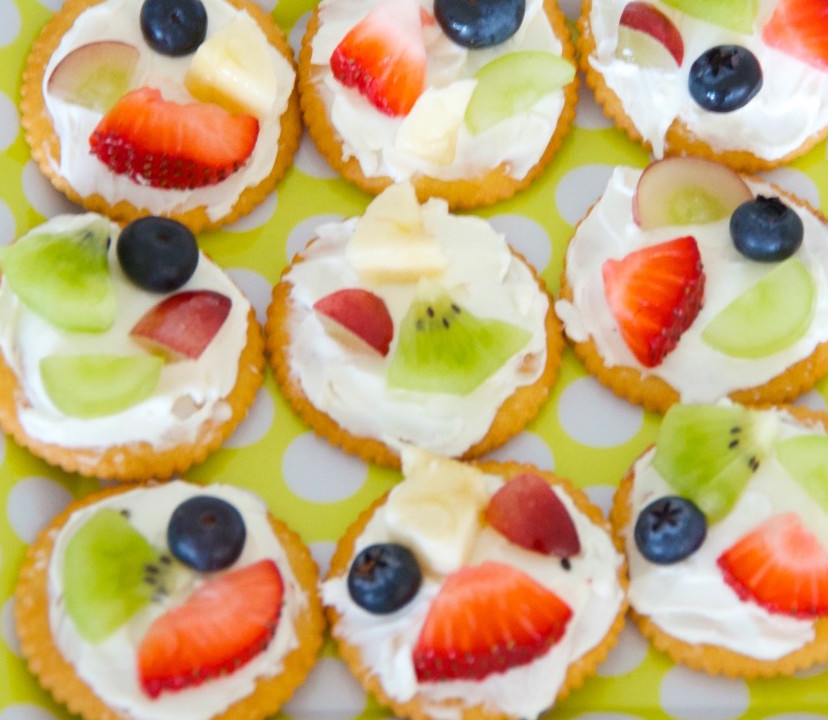Children are often exposed to a variety of things that we, as parents, would prefer they did not see or experience. But these occasions can be changed from difficult experiences into growth opportunities if we take the time to explain the larger picture to our children. The child can then use this information to assimilate other experiences, even if the parent is not present to interpret for him.
Home can provide a pure atmosphere for children. By practicing the Golden Rule between parent and child and between brothers and sisters, children learn how people should treat each other. When parents let children know by their words and actions that they love them and sincerely desire to give them the best they’re able to provide, the children recognize that their parents care about them deeply. Then when the parent needs to take a firm stand, to say “no” to some want or to refuse to yield on an issue, the underlying integrity of the parent-child relationship eventually allows the child to understand the parent’s decision.
Throughout history, religious training has taught young people to develop clear perceptions about right and wrong. Families with deep roots in the Bible help children discover a basis for unselfish action. Children who learn to pray daily at home can feel comfortable speaking to God in their private thoughts at any time and in any situation. School can provide skills that will benefit the child in many ways, but the child’s wholeness is recognized and cherished mainly by the family.
Parents often resolve to safeguard their children from early exposure to violence. Be alert to the subtle ways error tries to enter in. All too often, children’s videos, cartoons, and electronic games contain amusing violence which begins to pave the way for desensitization to more overtly violent programing aimed mainly at older children. It’s important to watch shows and videos with your children and to be very familiar with the electronic games and apps they are using on all devices.
While visiting friends, children may be offered the opportunity to view TV programs and videos that a parent would not allow them to see at home. Parents can anticipate the problem and do some training. Often it’s instructive for the child to think through how he will tell a friend he cannot watch a certain movie or video. Should he call his parent? Should he talk with the friend’s parents? If a parent finds out that a child viewed something inappropriate, it’s not too late for the child to become aware of the parent’s wishes.
From TV and neighborhood friends also comes the barrage of aggressive toys. Some families are divided about having guns at home, and often compromises can be reached. For example, squirt guns and Nerf Blast-A-Ball might be permitted at home, but toy guns that are made to look like weapons that kill may not be permitted.
Vicarious killing and violent images are found in video games. Children playing the games will frequently be heard to say, “I’m dead.” Boys appear to be targeted for this type of entertainment more than girls, with fast cars, jet planes, martial arts, and conquest as principal themes. “As parents and teachers, we must so train the thought of our youth that they may readily detect for themselves the right from the wrong, the real from the unreal, and we must inspire them with a love for that which lifts thought above the sordid, material view of life.” (Education at The Principia by Mary Kimball Morgan, p. 13) It is our parental duty and responsibility to continually monitor the video games our children play, guide them in right game choices, and limit the amount of time they spend on their devices. Set ground rules with your children and hold your children accountable. You might use a timer to limit the game time and expect for all homework to be completed before recreational use of the computer or i-Pad is allowed. As a family, you might choose to favor outdoor activities, reading, board games, and construction toys.
According to statistics, more than 98 percent of American homes have televisions. The current generation raising children was brought up in homes with televisions, and many have not looked at the medium critically. Seeing commercial TV from a child’s innocent viewpoint can change adult perceptions about its being “harmless.” Two-year-olds will often ignore TV until the (louder) commercial comes on and captures their attention. But in homes with large-screen televisions or where the television is used as a babysitter, even younger children may be drawn into the TV habit.
It can be helpful to form a TV philosophy. Having the TV off except for intended viewing is often a first step to controlling its use. Some parents set standards for what their children are allowed to watch and video record programs that they consider acceptable for viewing. When the children are older, a time limit is set for 1/2-1 hour per day after homework is finished.
Decisions about the place of TV in the home begin with mom and dad sitting down together to think through the problems that might result from TV watching. Older children in the family should be included. Each family member’s thoughts should be candidly shared and compromises reached. Programs or news broadcasts that a young child is not allowed to watch should be recorded for later viewing. The lock-out feature can be helpful for families with cable or satellite TV. You might plan a “Movie Night” for special shows that the whole family enjoys together. Helping children develop a critical view to what is worth watching can enable them to be more selective in later years.
When children venture beyond their own yards to play, parents still have a hand in supervising and monitoring their activities. Even when the child is older, it is helpful for parents to ask: Do I know the families my child enjoys visiting? Have I met the parents? Am I comfortable with their standards? Am I aware of the types of play our children share and the type of language they use? Have difficulties during playtime been solved equitably so that older children are fair with younger ones?
Home is the place where children form their ideas about who they are. From modeling their parents and learning from them by their example and guidance, children grow in their ability to make decisions about how they view the world, what they think is funny, how they relate to others, and what they value in life. A strong foundation of trust and love allows the child to keep communication open with the parents.
Through each encounter with challenging situations, children can be taught to cherish their own innocence and purity. When parents work with children from the time they are small, cultivating the natural love for what is good and pure, their efforts are rewarded. Spontaneous joy, expectation of good, receptivity to all that is lovely, characterizes the child of God. A firm spiritual foundation, provides our children with the strength to stand up for what they know is right and to feel comfortable with the values they have been taught.
